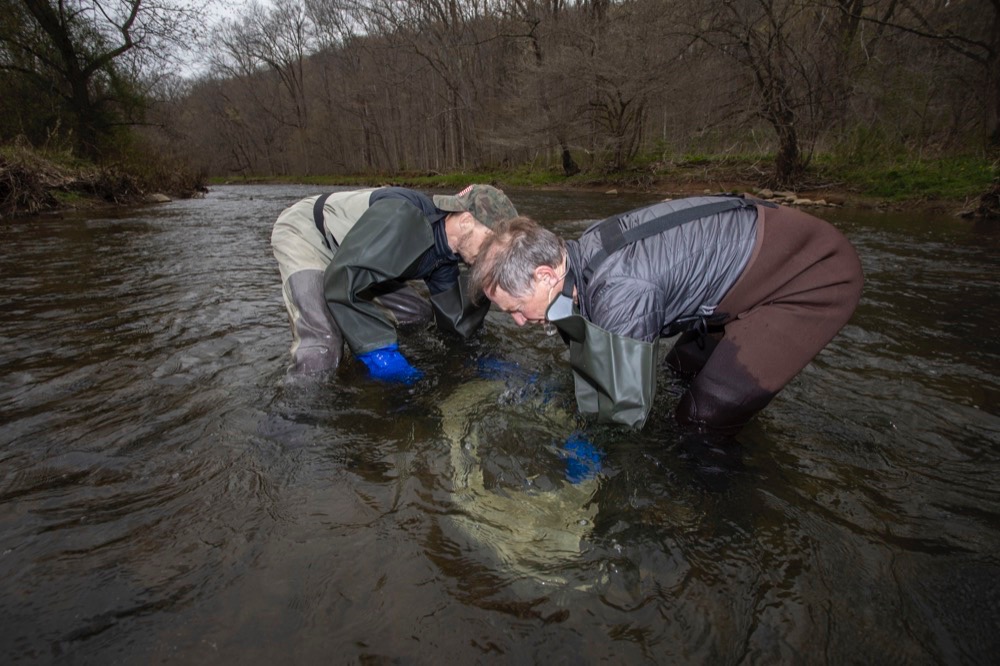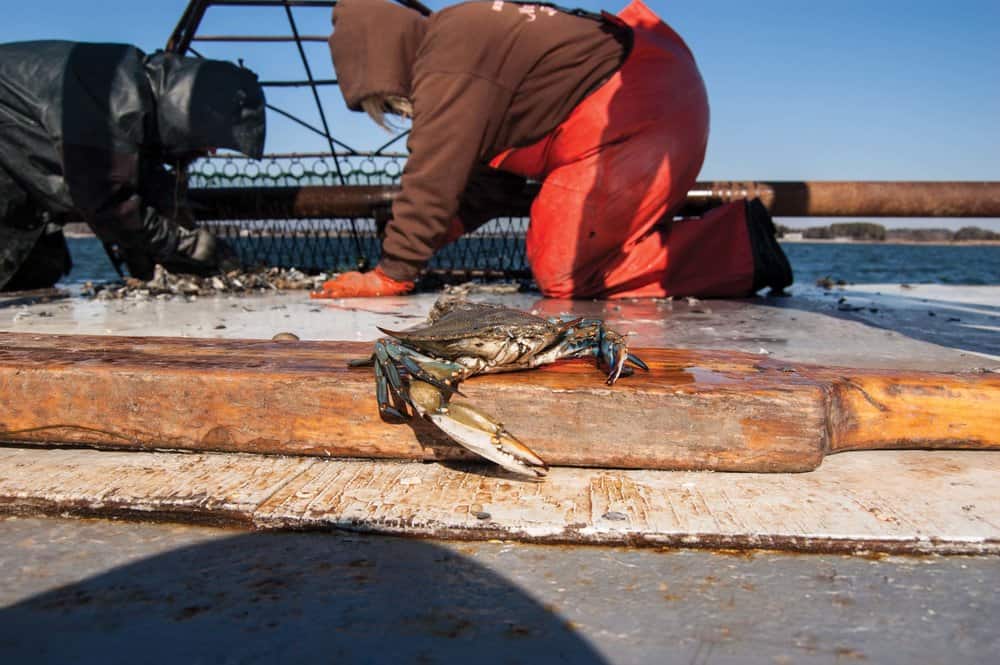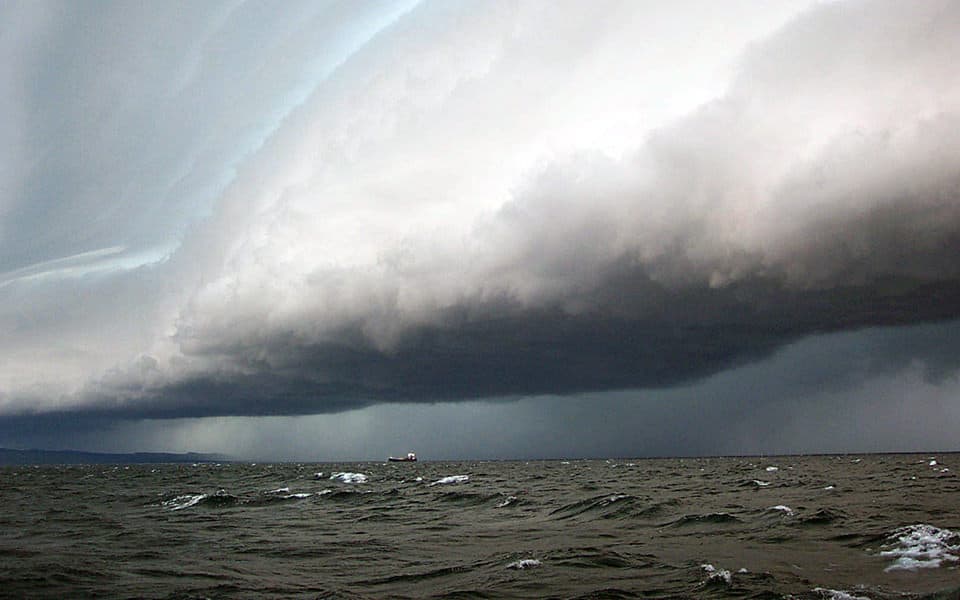Documenting the sinking cemeteries of the Eastern Shore
On a cold February day, Joe Fehrer of The Nature Conservancy lies on his stomach to delicately sweep away pine needles at the base of a half-sunken
headstone to read the last few engraved lines. He is there to document the Robson family cemetery for the Maryland Historical Trust before the plot sinks into the marsh, which has crept to the edge of the headstones.
Many of the stones are cracked or broken. Some have sunk into the ground so deeply that only the carved tops peek above the pine needles. The inscriptions are brief. As humble farmers, the Robsons weren’t inclined to embellish.
“This is going to be one of those places that in the next 50 to 100 years will be nearly unreachable by foot. Before this site is lost, it’s our due diligence as landowners to document the site now so that future generations have access to the information. It’s our moral responsibility” says Fehrer.
He squints to read the obscured text and reads aloud, “‘In memory of Sarah Keene, who departed this life October 10th, 1851.’” Then, looking up and smiling, he continues reading the final line, “‘who was a loving wife and mother.’”
“What a wonderful tribute,” Fehrer concludes before transcribing the text into his field journal.
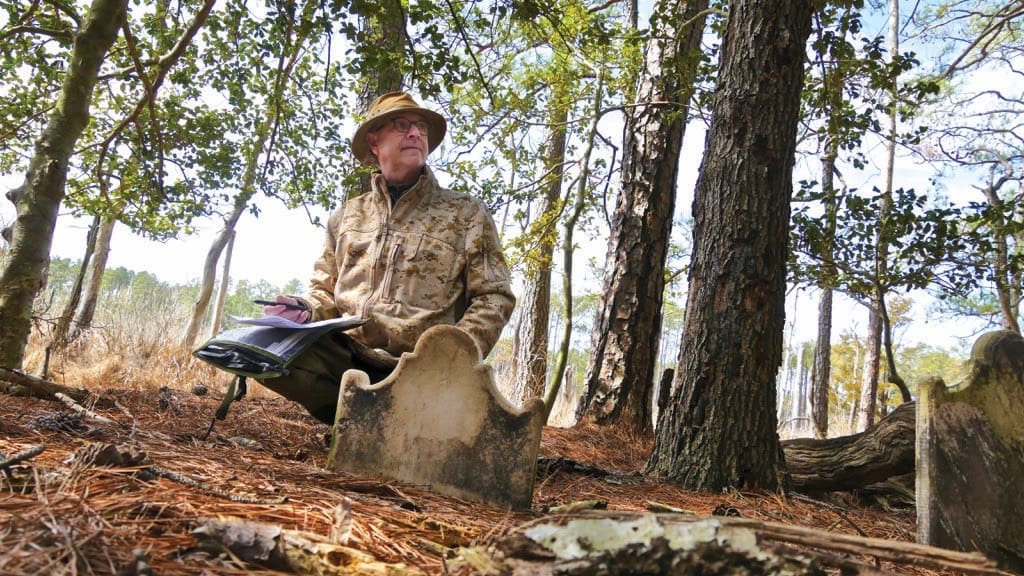
Frank M. Ewing, a Maryland lumber magnate who cultivated the land as a tree farm, donated the Robson farm to the Nature Conservancy in 1977. The Frank M. Ewing Robinson Neck Preserve is of extraordinary ecological value, providing habitat for wintering and nesting waterfowl, spawning fish and Delmarva fox squirrels. The preserve is also a popular recreational destination for nature-lovers who enjoy birdwatching, hiking, and the undisturbed beauty of a Chesapeake Bay saltmarsh.
Salt marshes are some of the most diverse habitats in the country. Around the Chesapeake and coastal bays, these brackish wetlands occupy a sliver of space where saltwater mixes with freshwater that drains from the land. North America is home to the majority of our planet’s tidal salt marsh vertebrates. Conserving these habitats is a national responsibility.
The Robinson Neck Preserve is on Taylors Island in Dorchester County, less than a mile from the Chesapeake Bay. When it comes to sea-level rise vulnerability, Dorchester County is ground zero. Scientific models show that Dorchester, Maryland’s fourth-largest county, will become the 14th largest county by 2100 as thousands of acres of land convert to open water. Much of TNC’s Robinson Neck Preserve will be lost well before then, including the Robson family burial plot.
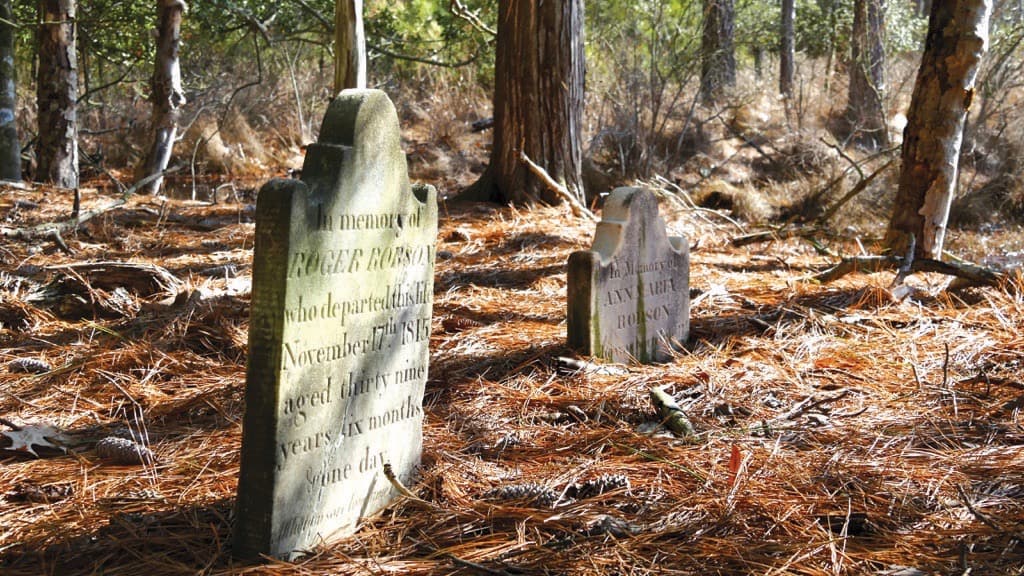
In 2012, Superstorm Sandy pummeled the East Coast of the U.S. causing more than $50 billion in damage. According to a study led by The Nature Conservancy, with partners from the engineering and insurance sectors, marshes and wetlands along the East Coast prevented more than $625 million in property damage during the storm. Wetlands are natural sponges that absorb floodwaters and reduce wave energy during storm surges. They are of enormous ecological value, providing habitat to countless species of flora and fauna. When protected and restored, coastal habitats serve as a green suit of armor for inland communities.
Accelerating sea-level rise is claiming coastal habitats at a faster rate than the marshes can accrue the sediment needed to keep pace with the rising waters. In more developed areas, coastal habitats are losing ground to a coastal squeeze where they are trapped between rising seas and upland development. This prohibits the marshes from migrating to higher ground as they have evolved to do.
Ten miles from the Robson family burial plot, another cemetery is more conspicuously disappearing into the marsh. The New Revived United Methodist Church is one of the last remnants of the town of Smithville, an African American community that had more than 100 residents a few decades ago. Today, only a few residents remain and this essential connection to their past is sinking into the marsh.
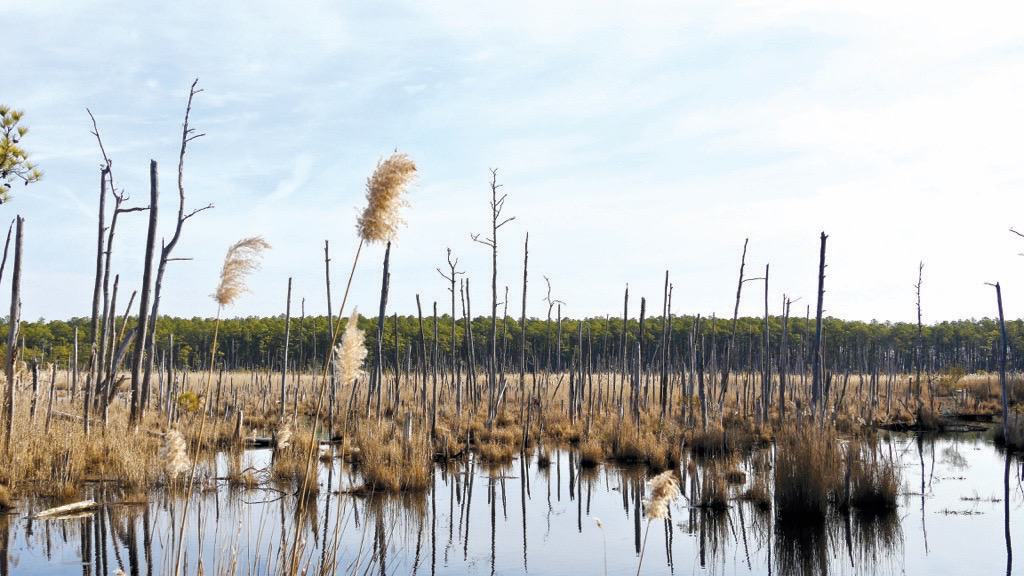
The residents understand that their town may never thrive again. However, they are working to save their cemetery, which serves as a monument to their ancestors and their history. Smithville, a short film produced by Maryland Sea Grant (available on YouTube), features members of the community along with environmental, social, and academic experts describing the challenges of saving the church and its cemetery. In the film, Deacon Carroll Meekins explains, “We talked to a few engineers and one guy was talking about putting a berm around the whole building—cemetery and all. But that has to be maintained because if it rains and water gets inside the berm you have to pump it out.” Costly, maintenance-heavy solutions like berms and bulkheads create new sets of challenges for communities like Smithville that lack financial and human resources.
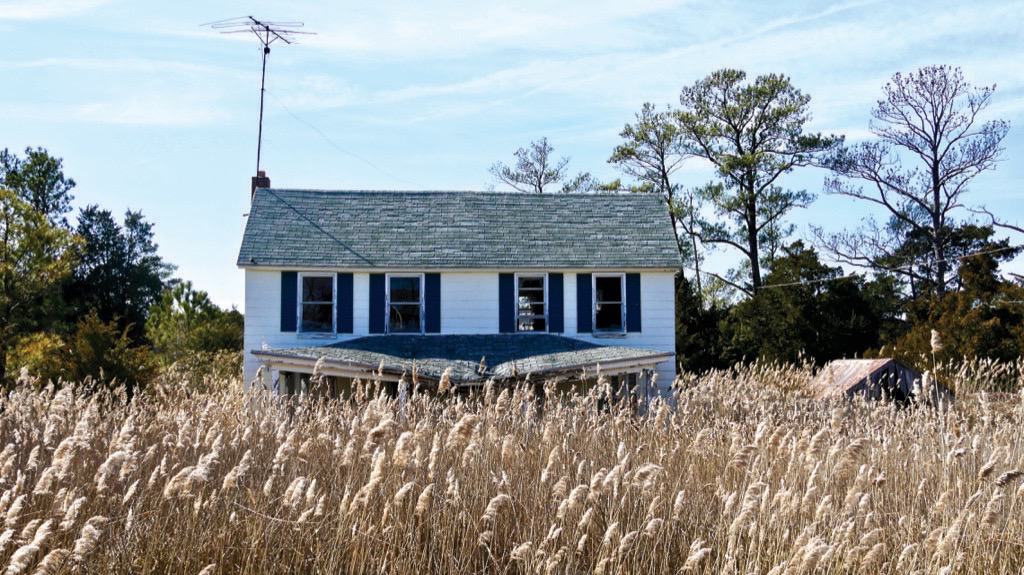
On Maryland’s Eastern Shore, like much of the coastal United States, sea-level rise is disproportionately impacting low-income communities and communities of color. In the late 1800s, with the abolition of slavery, African American communities were established in the low-lying, marshy areas along the shores of the Chesapeake Bay as that land was generally less productive. Smithville is an example. The nation’s deep history of racism and inequality created modern political, financial, and social conditions that make these coastal communities some of the most vulnerable and the least equipped to deal with sea-level rise issues. Dr. Sacoby Wilson, an expert on community engagement and environmental justice and health at the University of Maryland School of Public Health, explains, “Those cemeteries are part of the legacy of their struggle to be recognized as Americans. As freed people, those are important cultural assets. So, when you think about the environmental justice movement, it’s just not about fighting against hazards, it’s about protecting culture.”
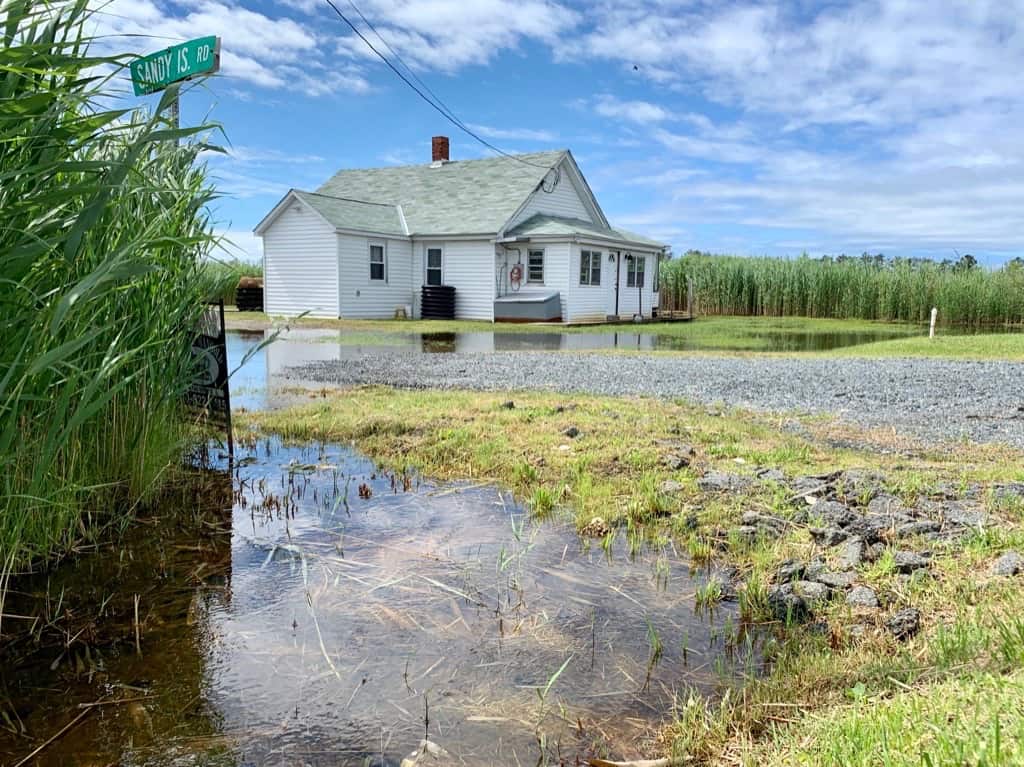
The most conservative scientific models show that the Eastern Shore will experience more than three feet of relative sea-level rise by 2100. Changes are already visible on the landscape, and through scientific and academic research, the future of the Chesapeake Bay region is beginning to come more clearly into focus. Fehrer sees that same body of evidence as an opportunity to come up with solutions. “These are complex issues,” he says, “but we can use the science as a foundation to talk about solutions. It all starts with honest discussion and we’re starting to have those conversations about the future of our communities and our natural habitats. And here on the Eastern Shore, we need to work hard and fast to document the cultural assets that are only a few feet away from the encroaching marsh.”


